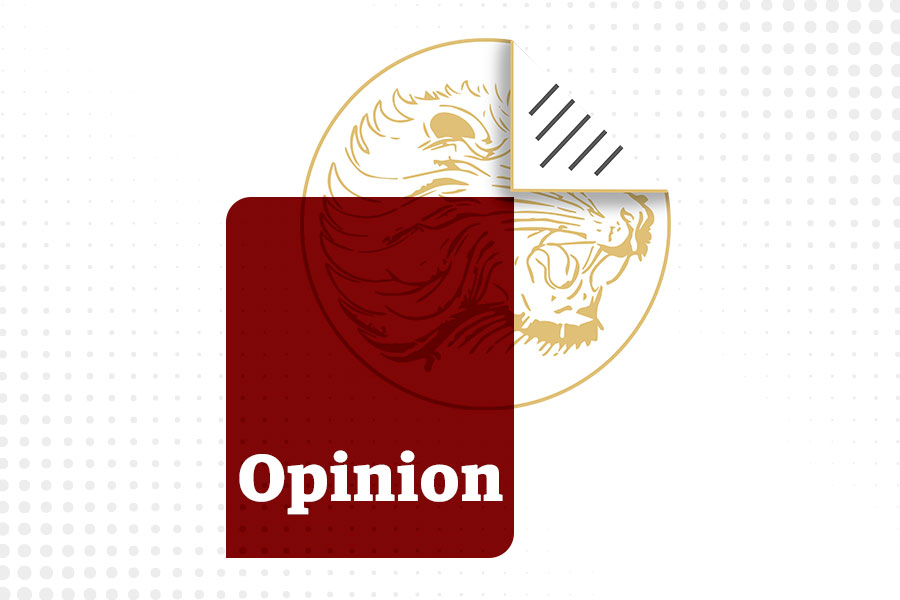
My Opinion | 131766 Views | Aug 14,2021
Dec 21 , 2024.
The main avenues and thoroughfares of Addis Abeba have undergone an impressive facelift that is a source of marvel to visitors more so than its residents. Adopting a greyish colour — a bizarre choice of its leaders - its roads now have separate lanes for motorists, cyclists, and pedestrians. Its buildings are wired with LED lights, projecting renewal and affluence, giving the appearance that the economy has found a sudden endowment.
Indeed, Addis Abeba contributes 29pc of the country’s GDP and houses more than 60pc of its industries. No one may not have the latest and accurate data on the number of residents, for the national census was last conducted in 2007. The city's officials use - perhaps for convenience - a little over five million people as operative data, estimating its demographic growth at nearly four percent a year. The city is already struggling to keep pace with demand for infrastructure.
Despite the outward appearance, Addis Abeba could not guarantee reliable supplies of water, electricity, or transport. The most pressing threat comes from the taps, with the city producing about 630,000cbm of water a day, yet needing more than one million. The water crisis is so severe that its future as a functional metropolis could be doubtful. Studies have uncovered that at least 40pc of the population goes underserved, with large swathes of homes and businesses enduring erratic rationing. The wealthier residents drill boreholes or invest in storage tanks.
The source of the chronic shortfall is a combination of factors. Population growth and rural-to-urban migration have expanded the city’s population far beyond what its infrastructure can handle. Geographical constraints add to the difficulty. Addis Abeba sits at the top of the Awash River Basin, with limited surface water and weak natural recharge.
Over 60pc of its water comes from groundwater, already depleted by unregulated extraction. In places like the Akaki wellfield, overexploitation has lowered the water table. The distribution network is leaky and obsolete, losing up to 40pc of the insufficient supply before it reaches consumers. Climate change worsens matters by making rainfall patterns increasingly erratic. Even in 2020, surveys found hours-long interruptions in wet and dry seasons.
For many residents, the consequences are immediate and punishing. Deprived of reliable municipal water, they turn to street vendors, paying up to 100 times the official tariff of 7.25 Br for 1,000 litres. Several homes on the outskirts rely on trucked water that can cost a family as much as 6,000 Br a month, more than twice the median monthly income of 2,640 Br. Such crushing expenses hollow out household budgets.
Businesses, too, struggle. Without reliable supplies, factories shut down intermittently, sapping productivity and eroding the city’s competitiveness. A failure to secure a reliable water source risks a disaster akin to Cape Town’s 2018 “Day Zero” scare. Such a scenario would devastate the city’s economy, public health, and reputation.
It would be unreasonable to blame the city's officials for neglect. It is evident that they are attempting incremental solutions, increasing dam storage and treatment capacity, drilling deep wells, replacing old pipes, and rehabilitating decrepit reservoirs. Two planned reservoirs, on the Gerbi and Sibilu rivers, may add 688,500cbm a day, but this will likely fall short given rising demand, archaic distribution systems, and relentless urban expansion.
A new property tax proclamation, expected to raise the tax-to-GDP ratio by 0.6pc, promises added income to the city's coffers. These funds could help finance drinking water infrastructure, as seen with the decision to fund the long-delayed Gerbi dam project from the city’s own budget.
Nonetheless, financial capacity alone will not suffice. The key lies in more efficient management and the adoption of new technologies. Conjunctive water management, balancing surface and groundwater use, could optimise supply and buffer droughts. Managed Aquifer Recharge (MAR) schemes that use seasonal floods to replenish aquifers sound promising but require careful site selection, pollution control, and monitoring. Rainwater harvesting and greywater recycling might diversify sources, though both demand investment in retrofitting buildings and installing new systems.
According to the "Aspire" report, inter-basin transfers, reservoirs like Aleltu, and underground aquifer storage could yield over 1.1 million cubic meters a day. Leveraging the vast hydropower from the GERD to power pumps would reduce reliance on diesel, cutting costs and emissions. Restructuring the utility grid, introducing smart metering, and incorporating private capital could boost efficiency. Private investment might supply much-needed expertise and funds if properly regulated, though it risks prioritising profit over sustainability.
The larger problem lies in the fact that water is only one part of an infrastructure puzzle under strain. The city also suffers from electricity failures that seem absurd for a country renowned for ambitious hydropower projects. It is celebrated for the Grand Ethiopian Renaissance Dam (GERD), intended to supply abundant renewable electricity far beyond its borders. In the capital, however, blackouts are so routine that households and firms rely on diesel generators, raising costs and polluting the air. Even the Addis Abeba Water & Sewerage Authority runs about 100 diesel generators to keep pumps going, a telling manifestation of institutional desperation and wasted potential.
The transport system fares a little better. Two light rail lines, once symbols of modernity, cannot accommodate the growing tide of commuters. Roads are choked, and overreliance on minibuses leaves passengers trapped in traffic for hours. Such gridlock drains productivity and frays nerves, making it harder for Addis Abeba to present itself as a dynamic African metropolis.
Without decisive action, Addis Abeba risks a permanent crisis. A relentless influx of newcomers and expanding industries will intensify demand. Urbanisation, once a driver of prosperity, now threatens to overwhelm the public services that sustain it. If the city does not adjust swiftly, it may become a cautionary tale of urban mismanagement. Time is short, and Addis Abeba does not seem to be able to afford to wait.
PUBLISHED ON
Dec 21,2024 [ VOL
25 , NO
1286]

My Opinion | 131766 Views | Aug 14,2021

My Opinion | 128149 Views | Aug 21,2021

My Opinion | 126095 Views | Sep 10,2021

My Opinion | 123717 Views | Aug 07,2021
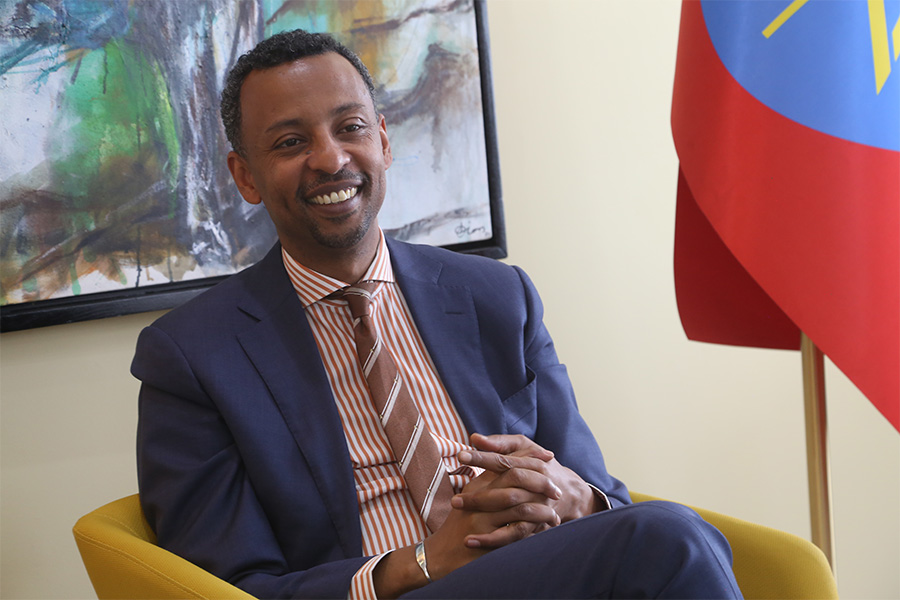
Dec 22 , 2024 . By TIZITA SHEWAFERAW
Charged with transforming colossal state-owned enterprises into modern and competitiv...
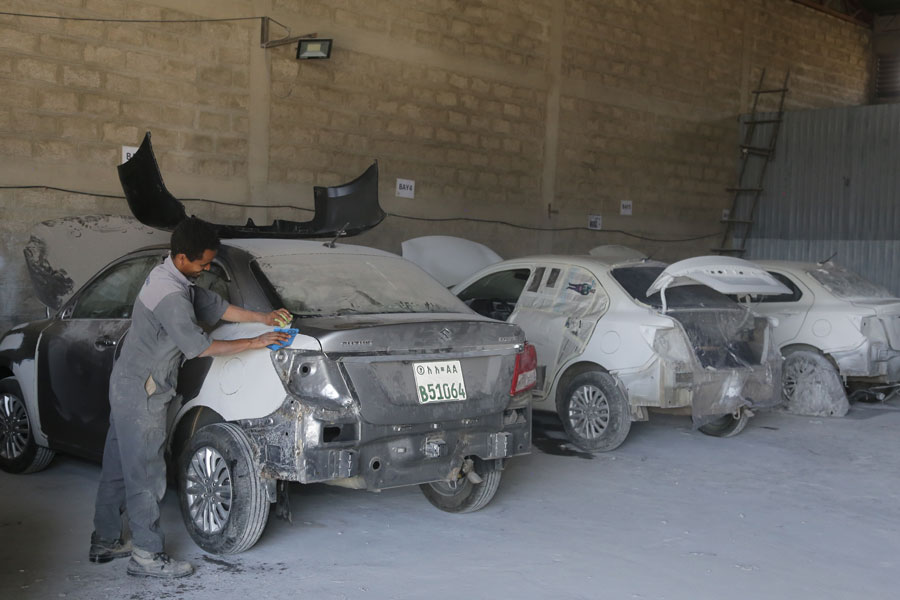
Aug 18 , 2024 . By AKSAH ITALO
Although predictable Yonas Zerihun's job in the ride-hailing service is not immune to...

Jul 28 , 2024 . By TIZITA SHEWAFERAW
Unhabitual, perhaps too many, Samuel Gebreyohannes, 38, used to occasionally enjoy a couple of beers at breakfast. However, he recently swit...
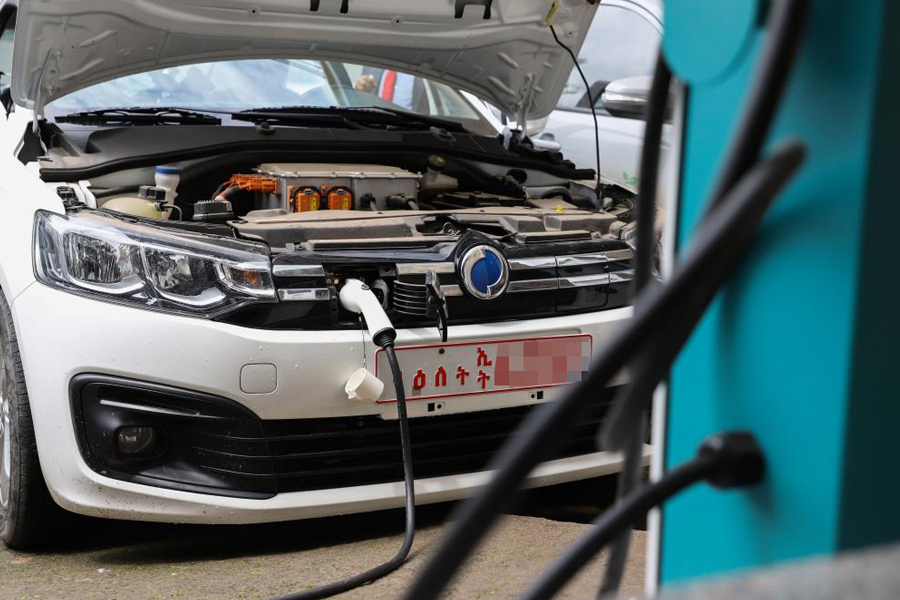
Jul 13 , 2024 . By AKSAH ITALO
Investors who rely on tractors, trucks, and field vehicles for commuting, transporting commodities, and f...

Jul 6 , 2025 . By BEZAWIT HULUAGER
The federal legislature gave Prime Minister Abiy Ahmed (PhD) what he wanted: a 1.9 tr...
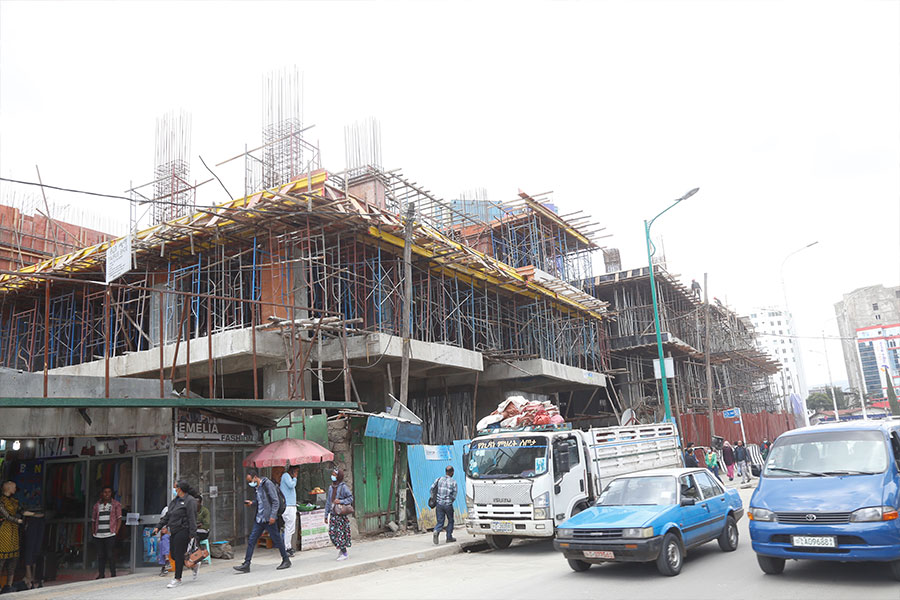
Jul 6 , 2025 . By YITBAREK GETACHEW
In a city rising skyward at breakneck speed, a reckoning has arrived. Authorities in...

Jul 6 , 2025 . By NAHOM AYELE
A landmark directive from the Ministry of Finance signals a paradigm shift in the cou...

Jul 6 , 2025 . By NAHOM AYELE
Awash Bank has announced plans to establish a dedicated investment banking subsidiary...